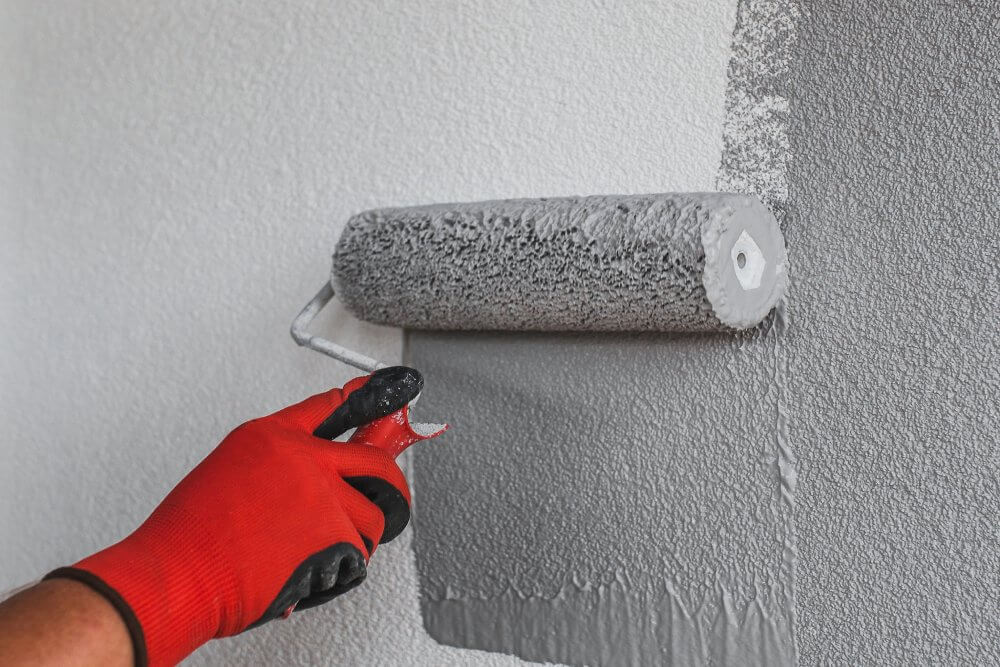Acrylic render is a popular choice for Sydney homeowners thanks to its flexibility, durability, and smooth finish. But one of the most common questions people ask is: how long should you wait before painting freshly applied acrylic render? Let’s break it down.
What Is Acrylic Render?
Acrylic render is a type of render that includes acrylic, a type of plastic, in its formulation. This makes it more flexible and less prone to cracking than traditional cement render. It can be applied to a variety of surfaces, including brick, concrete, fibre cement and painted walls, and comes in different textures and finishes.
Why Curing Time Matters Before Painting
Allowing acrylic render to cure properly before painting is crucial. If you paint too soon, moisture trapped in the render can cause peeling, blistering or discolouration in the paint. Proper curing ensures better adhesion, a longer-lasting finish, and fewer maintenance issues down the track.
Average Curing Time for Acrylic Render
Generally, acrylic render takes 2 to 7 days to cure before it’s ready for painting. The exact timeframe depends on several factors, including:
- Temperature – warmer weather speeds up curing
- Humidity – high humidity can slow down drying
- Render thickness – thicker layers need more time
- Surface type – porous surfaces may affect moisture retention
Always check the product specifications or follow the advice of your rendering professional for the best results.
How Sydney’s Climate Affects Curing Time
Sydney’s coastal climate, with its mix of warm days and humid conditions, can influence how quickly acrylic render cures. In summer, curing may be quicker, but sudden rain or humidity spikes can extend drying time. During cooler months, curing may take closer to the full seven days or longer. It’s important to plan your painting schedule around the forecast to avoid weather-related delays.
How to Tell If Acrylic Render Is Ready for Painting
So how do you know when your acrylic render is truly ready to paint? Here are some reliable ways to check:
- Touch test – The surface should feel completely dry and firm, with no dampness.
- Moisture meter – A professional moisture meter can confirm the moisture content is low enough for painting.
- Appearance – The colour of the render will usually lighten once fully cured.
If you’re unsure, it’s always a good idea to seek advice from professionals experienced in acrylic rendering Sydney to ensure the render is properly prepared before painting. This helps prevent costly issues later on.
Best Types of Paint for Acrylic Render
Not all paints are suitable for acrylic render. Acrylic-based paints and elastomeric coatings are often recommended because they offer flexibility and breathability. Using breathable paint helps moisture escape, reducing the risk of bubbling or cracking. Avoid oil-based or non-breathable paints, as they can trap moisture behind the paint layer.
Common Mistakes to Avoid
When it comes to painting over acrylic render, some common pitfalls include:
- Painting too early – Not waiting for full curing can cause peeling and blistering.
- Skipping a primer – A primer or sealer is often needed to help the paint adhere properly.
- Using the wrong paint – Choosing non-breathable or incompatible paints can lead to long-term problems.
Professional vs DIY Rendering and Painting
While DIY rendering and painting are possible, hiring a professional ensures the render is applied and cured correctly, and that the right paint products and techniques are used. Many professionals also offer warranties for their work, giving you added peace of mind.
Frequently Asked Questions
Can I speed up the curing process?
It’s not recommended to artificially speed up curing with heaters or fans, as this can lead to uneven drying and weaker results.
Will rain delay curing time?
Yes, exposure to rain or high humidity during curing can extend drying time or damage uncured render.
Do I need to prime acrylic render before painting?
Most paint systems recommend using a primer or sealer before painting to ensure better adhesion and durability.
Parting Advice
Waiting for acrylic render to cure fully before painting is key to achieving a high-quality, long-lasting finish. On average, expect to wait 2 to 7 days depending on weather and surface conditions. If in doubt, consult with an expert to avoid costly mistakes and keep your home looking its best.

